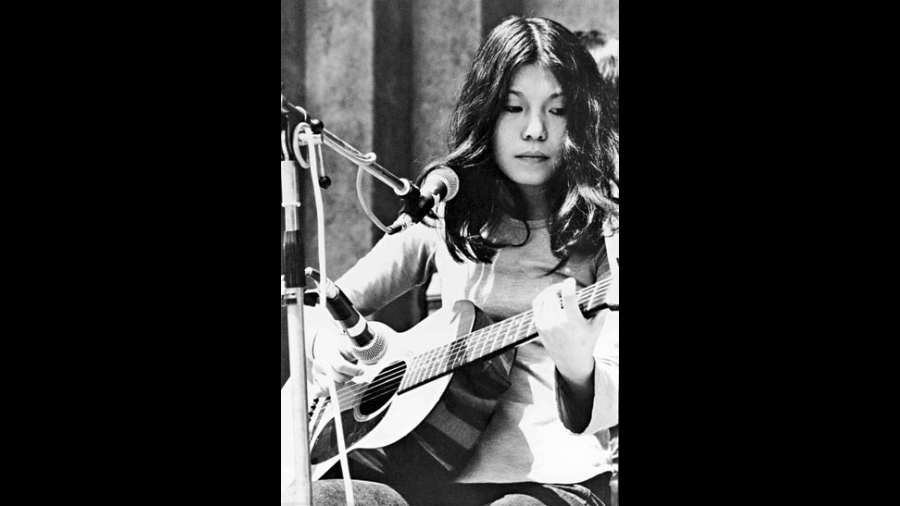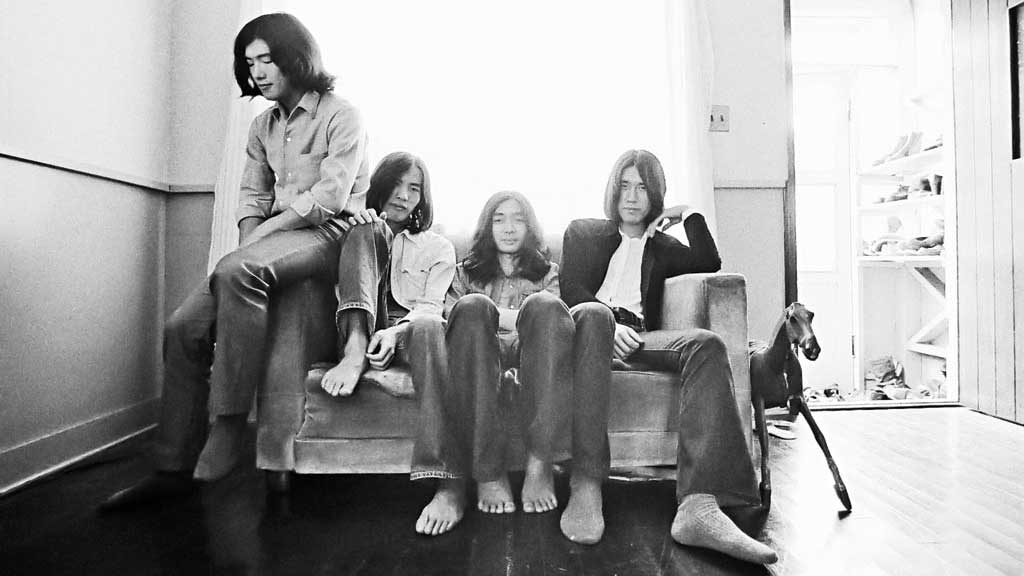A few years before Moheener Ghoraguli changed the Caclutta music scene in the mid-1970s, a similar phase had unfolded in Japan where the band Happy End was bringing in a new wave, inspired by Bob Dylan and the Band.
“I grew up with American culture…. I even regretted that I wasn’t American,” Happy End member Haruomi Hosono had said in an interview at the Red Bull Music Academy in Tokyo in 2014. The four-member band proved highly influential for the Japanese music scene. Hosono was born in 1947, a couple of years after World War II, and a wave of American music was taking over Japan. “I always listened to that music on FEN, the US military radio station. So almost all of the music I listened to was in English,” he said. “Many of my favourite groups were from California. The psychedelic movement was happening there when I was a teenager. Groups like Moby Grape and Buffalo Springfield. A lot of legendary groups were there. I covered their songs in English. I felt their music was somehow profound.”
So, it’s not surprising that the Happy End song Kaze Wo Atsumete made it to the soundtrack of the Sofia Coppola-directed film Lost In Translation in 2003. To understand the roots of modern J-pop, turn to Happy End’s 1971 album, Kazemachi Roman, a concept album that reflected on how Tokyo of their childhood was transforming into a high-tech metropolis while the song Natsu Nandesu (‘Tis The Summer) had a touch of Neil Young.
In fact, grab a copy of Even A Tree Can Shed Tears: Japanese Folk & Rock 1969-1973, which was released by Light In The Attic a few years ago. A note sheds light on the collection: “There was something in the air in the urban corners of late ’60s Japan. Student protests and a rising youth culture gave way to the angura (short for underground) movement that thrived on subverting traditions of the post-war years. Rejection of the Beatlemania-inspired Group Sounds and the squeaky clean College Folk movements led to the rise of what came to be known in Japan as ‘New Music,’ where authenticity mattered more than replicating the sounds of their idols.”
Playing an important role in the movement was Shibuya’s Dogenzaka district dotted with jazz and rock kissas or cafes and some of these spaces became performance venues for local regulars like “Hachimitsu Pie with their The Band-like ragged Americana, Tetsuo Saito with his spacey philosophical folk, and the influential Happy End, who successfully married the unique cadences of the Japanese language to the rhythms of the American West Coast”.

Sachiko Kanenobu’s album Misora is highly influential.
Included on the album is Sachiko Kanenobu’s Anata Kara Toku E. Her debut album, Misora, came in 1972 (Underground Record Club Records) and this is when she met the American rock critic Paul Williams. She decided to move to the US. In 2017, American musician Steve Gunn heard an interview with her on WFMU radio in New York City and ultimately it led to Kanenobu performing songs from Misora for the first time in the States.
Listening to the collection you will realise how music can connect people across geographies even when one doesn’t understand the lyrics.
